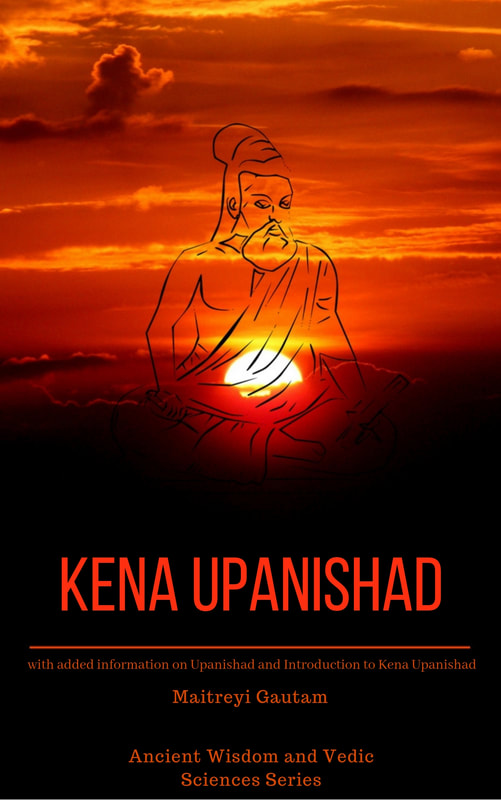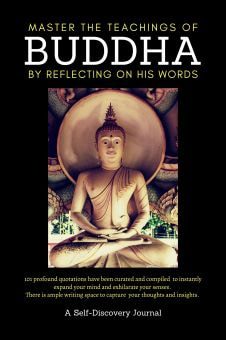Sattriya is a classical dance form that originated in the Indian state of Assam. It is one of the eight recognized classical dance forms of India. Sattriya has its roots in the 15th-century neo-Vaishnavism movement led by the saint-scholar Srimanta Sankardeva and his disciple Madhavdeva.
The dance was traditionally performed in the monastic centers (sattras) of Assam, which were established as part of the neo-Vaishnavism movement.
Here are some key features of Sattriya:
Sattriya has a rich history and is deeply rooted in the cultural and religious traditions of Assam. The dance form has been recognized as a classical dance by the Sangeet Natak Akademi, the national academy for performing arts in India, and it continues to be a vibrant and cherished part of the cultural heritage of Assam and India.
The dance was traditionally performed in the monastic centers (sattras) of Assam, which were established as part of the neo-Vaishnavism movement.
Here are some key features of Sattriya:
- Religious Origin: Sattriya was originally a part of the religious rituals and practices in the sattras of Assam. The dance form was used as a medium for spreading the teachings of the Bhagavad Gita and other sacred texts.
- Costumes: Sattriya dancers wear traditional Assamese attire. Male dancers typically wear a dhoti (a piece of cloth tied around the waist), a chadar (a cloth draped over the shoulder), and a paguri (turban). Female dancers wear a mekhela (a skirt-like garment), a chador (a shawl-like cloth draped over the body), and a blouse. The costumes are usually made of silk and are adorned with intricate embroidery.
- Music: The music for Sattriya is based on the classical music tradition of Assam, which has been influenced by the broader Indian classical music traditions. The accompaniment typically includes vocalists, a khol (drum), taals (cymbals), and a flute.
- Themes: The themes for Sattriya are primarily drawn from the Hindu epics, especially the Bhagavata Purana, which narrates the life and deeds of Lord Krishna. The dance form also explores themes related to other Hindu deities and mythological stories.
- Dance and Abhinaya: Sattriya incorporates both pure dance (nritta) and expressive dance (abhinaya). The pure dance sequences showcase rhythmic patterns and intricate footwork, while the expressive dance sequences use facial expressions, hand gestures, and body movements to tell stories and convey emotions.
- Traditional and Contemporary Elements: Sattriya has evolved over the centuries, incorporating both traditional and contemporary elements. The dance form has transitioned from a religious practice to a performing art, and it is now performed on various stages and platforms.
Sattriya has a rich history and is deeply rooted in the cultural and religious traditions of Assam. The dance form has been recognized as a classical dance by the Sangeet Natak Akademi, the national academy for performing arts in India, and it continues to be a vibrant and cherished part of the cultural heritage of Assam and India.






















